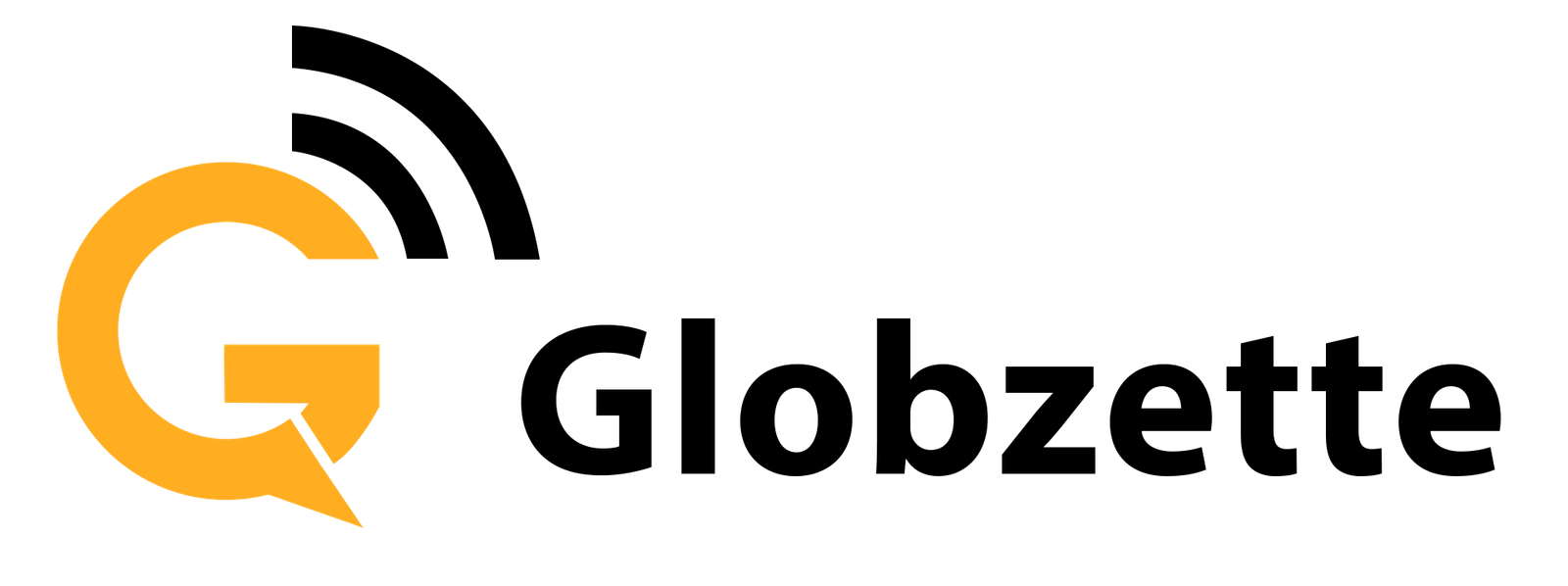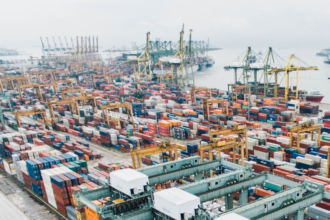Deena Ghazarian had only been in business for a year when the trade policies of President Donald Trump’s first term sent her company into a tailspin.
It was 2019, and her California-based firm, Austere, had just secured agreements to supply several major US retailers with high-end audio and video accessories—most of which were manufactured in China. Then, overnight, everything changed. Trump imposed sweeping US tariffs on China, raising import duties to 25%, up from zero.
This sudden shift meant that every cable and component Austere imported came with a hefty surcharge. Ghazarian found herself absorbing these unexpected costs and feared that her business wouldn’t survive.
“I literally thought I was going to start and end a business in less than a year,” she recalled. “I had spent all this time, money, and effort, and to have something like this blindside you was shocking.”
Austere managed to pull through, but like many other US businesses, it now faces a similar challenge once again.
What Are the Latest Tariff Increases and Their Impact?
Since returning to office in January, President Trump has increased US tariffs on all Chinese imports by 20% and imposed a 25% tax on Canadian and Mexican products—though some of these taxes have been delayed until April.
The president argues that these measures are necessary to pressure these countries into doing more to curb illegal drug trafficking and migration, bring more manufacturing back to the US, and address what he sees as unfair trade imbalances.
However, these duties are far broader in scope than those of his first term. While many businesses received exemptions in the past, the current wave of US tariffs covers a wider range of products. For the first time, goods like smartphones, desktop computers, and tablets are subject to tariffs, while taxes on other imports have increased significantly.
Who Is Bearing the Burden of These Tariffs?
Ed Brzytwa, vice president of international trade at the Consumer Technology Association (CTA), highlighted the impact on American businesses.
“US importers have to pay these taxes, not the exporters,” he said. “It’s American businesses and consumers who will suffer.”
Businesses like Ghazarian’s are particularly vulnerable. China remains the leading supplier of electronic products to the US, with imports totaling $146 billion in 2023. According to the CTA, China was responsible for 87% of video game console imports, 78% of smartphones, 79% of laptops and tablets, and two-thirds of monitors shipped to the US that year.
While many American companies have diversified their supply chains since Trump’s first term, shifting production to countries like Thailand, Taiwan, and Vietnam, these alternatives lack China’s manufacturing capabilities and expertise.
Adding to the challenge, Mexico—another key supplier of electronics—is now also being targeted. Though US tariffs have spurred some domestic manufacturing growth in the US, higher costs and strict regulations continue to limit expansion.
Retailers are also feeling the squeeze. Many rely on Chinese imports to stock their shelves with affordable goods. When tariffs increase, their costs go up, and these are often passed on to consumers in the form of higher prices. The ripple effect can be seen across industries, including the automotive, textile, and food sectors, where imported components and materials are now significantly more expensive.
Can Businesses Adapt Quickly Enough?
“Yes, Apple now makes some iPhones in India, and [Taiwanese chipmaker] TSMC has been diversifying to Arizona,” said Mary Lovely, a senior fellow at the Peterson Institute in Washington, DC. “But China is still a massive part of the supply chain. Relationships with new suppliers take time to develop, and they are costly to establish.”
Research shows that companies often pass on tariff costs to consumers by increasing prices. Corie Barry, CEO of US electronics retailer Best Buy, recently admitted that the majority of new tariffs will “probably be passed on to the consumer” due to the industry’s already slim profit margins.
In February, Taiwanese firm Acer announced that laptop prices would likely rise by 10% as a result of the 10% duties imposed at the time. Similarly, US tech giant HP warned that its profits would take a hit due to increased tariffs.
Ghazarian is also weighing the possibility of raising prices but fears the consequences. “There is a price point where the customer is satisfied with the value of goods provided,” she explained. “The moment I shift above that, I start to lose customers. High inflation has squeezed Americans.”
Beyond consumer products, even US-based manufacturers that rely on imported raw materials are struggling. For example, the steel and aluminum industries face higher costs due to tariffs on metal imports. This leads to increased prices for construction, automobiles, and infrastructure projects, putting further pressure on businesses and the economy as a whole.
Could Exemptions or Negotiations Ease the Burden?
During Trump’s first term, some companies—such as Apple—successfully secured exemptions from US tariffs. There is speculation that carve-outs may be granted again.
Insiders suggest that Trump views tariffs as a negotiation tactic and may ease them in exchange for trade concessions, similar to the deal reached in 2020, when China agreed to purchase more American goods. Economic concerns, including fears of a US slowdown, could also prompt a policy shift.
The political landscape also plays a role. As the presidential election cycle heats up, Trump may adjust his stance depending on voter sentiment and economic conditions. If businesses and consumers push back strongly against rising costs, there may be room for compromise.
Will There Be Global Consequences?
For now, tensions seem likely to escalate. China, Mexico, and Canada have all vowed to retaliate against US tariffs. Earlier this week, Trump threatened to double tariffs on Canadian steel and aluminum but withdrew the proposal at the last moment.
His administration plans to impose “reciprocal tariffs” on other countries soon and has suggested potential tariff hikes of up to 60% on Chinese goods. If China is forced to relocate manufacturing to regions with higher labor costs, global tech prices could rise, affecting consumers worldwide.
Additionally, other countries might respond by imposing their own tariffs on US technology imports, further complicating the global trade landscape. Some analysts fear that a global trade war could emerge, slowing down economic growth and reducing trade opportunities for American companies.
Meanwhile, multinational companies are exploring ways to sidestep tariffs by reconfiguring supply chains. Some firms are moving production to tariff-free zones or setting up assembly operations in multiple countries to avoid hefty import taxes. However, these strategies require significant investment and are not feasible for every business.
How Are Businesses Preparing for the Future?
Ghazarian is concerned but feels better prepared this time. Like many US business owners, she stockpiled inventory before Trump took office, securing additional supplies in her East Coast warehouse.
She hopes this will sustain her company through the coming year, giving her time to adapt. “That might mean finding a more cost-effective way to produce the product or doing something completely different,” she said. “It’s frustrating that I have to focus on survival rather than growing my business.”
For businesses across the US, the uncertainty surrounding tariffs makes long-term planning difficult. Many are investing in automation and local production to reduce reliance on imports, but these changes take time. Others are lobbying for policy adjustments that could alleviate some of the financial strain.
Ultimately, the impact of US tariffs will depend on how businesses, consumers, and policymakers respond in the coming months. Whether through negotiation, supply chain shifts, or new trade agreements, the next few years will be crucial in shaping the future of American commerce.








